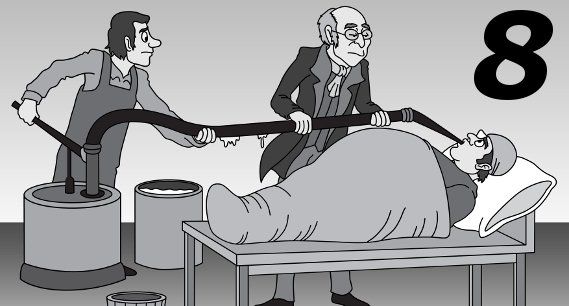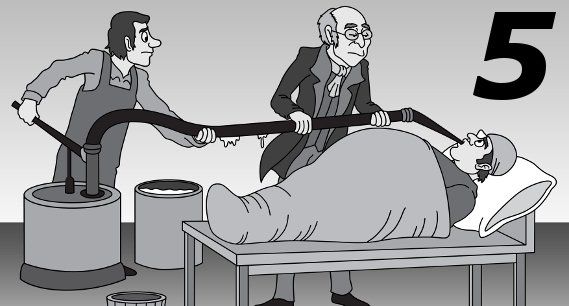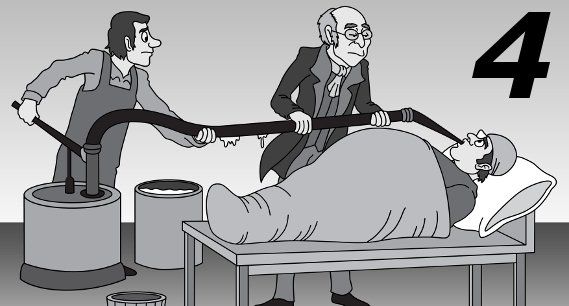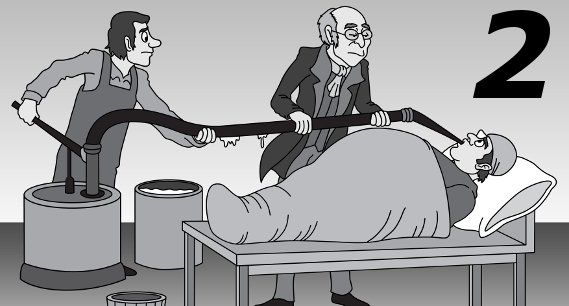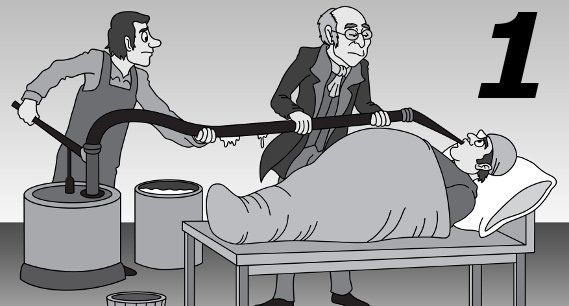Blog
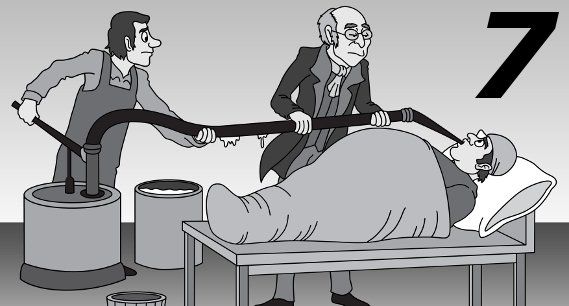
To misquote Edwin R. Fisher, “In god we trust, all others must provide documented evidence”. Just like a list of new year’s resolutions, a list full of risk controls does not mean anything unless they are acted upon. Fortunately, we don’t have to provide documented evidence that we have stuck to our new year’s resolutions.
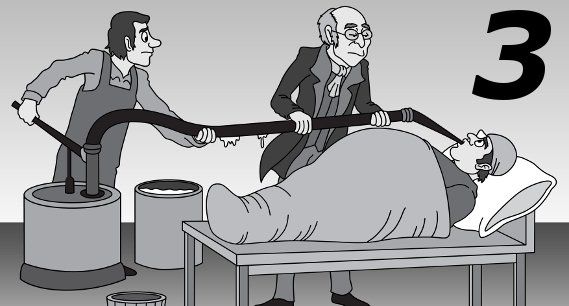
I admire the achievements of free solo climbers, but I do question their notion of acceptable risk. Modern office health and safety culture operates at the other end of the scale; with carefully sealed hot drinks containers and the mandatory use of handrails on stairs. So, what level of risk is going to be acceptable to the users of your medical device?
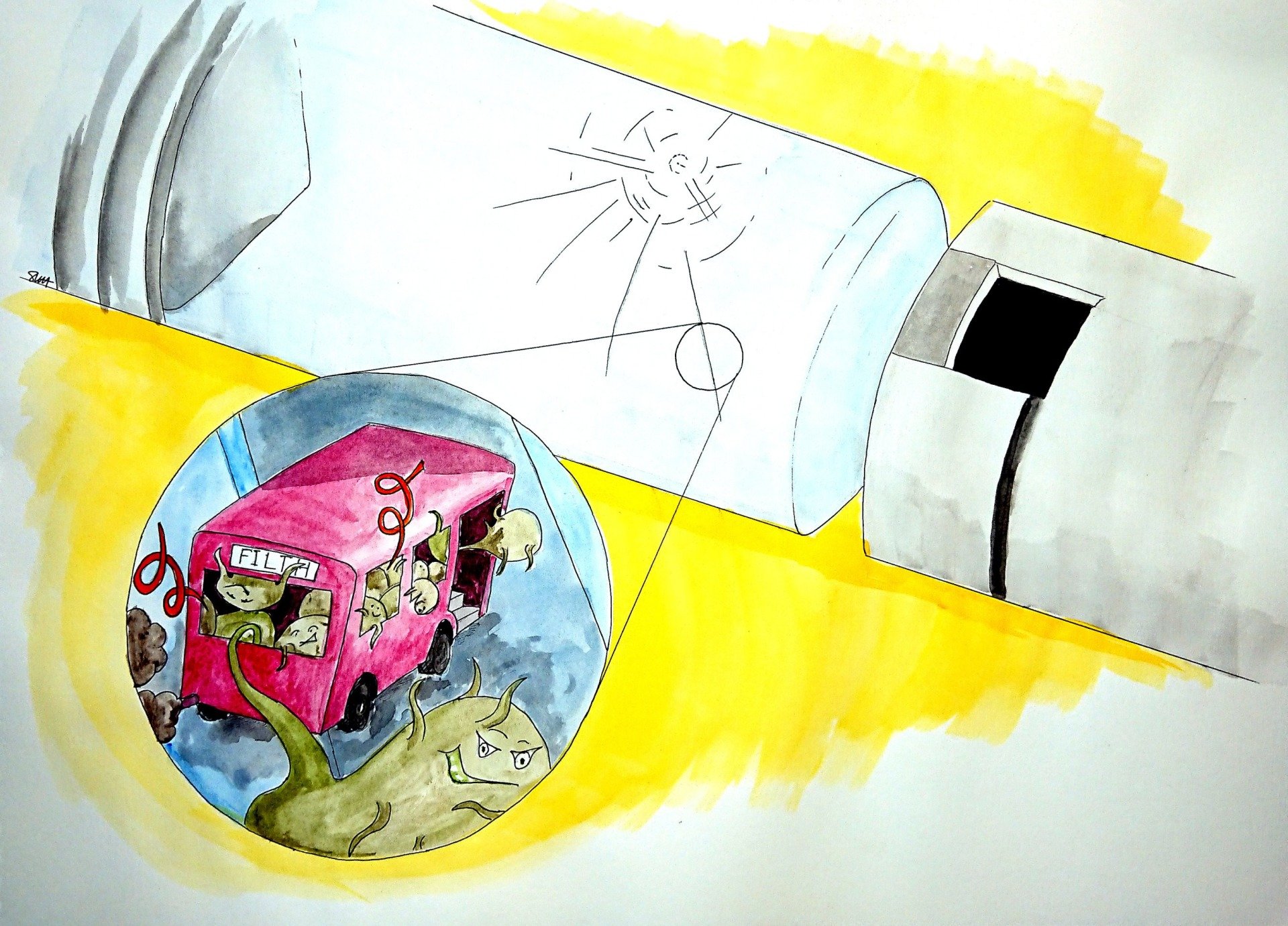
Medical devices designed to inject sterile liquid typically contain a cartridge or pre-filled syringe, usually made from glass, and its job is to contain and protect the sterile drug solution. These glass containers, or primary packs, also have plungers and seals made from rubbery elastomeric materials. As long as the glass and rubbery bits form a hermetically sealed environment, nothing nasty can get in, and nothing precious can escape. For those in the industry this simple concept is lovingly referred to as Container Closure Integrity, or CCI. Consider the life of a primary pack. Once it has been proven that a filling process is reliably producing sterile primary packs, they can be sent to be assembled into their host drug delivery devices. Device assembly is no pampering session for the primary packs; they are slid down tracks, bump into each other, get gripped and handled by machinery, pushed into some sort of holder, and then they get squeezed and bumped some more during other assembly processes. After all this, are they still safe to use? Then there is the shipping process as the devices are moved around the world. Happily, they are not usually subject to the professional ministrations of ordinary airport baggage handlers, nonetheless temperature changes, pressure changes and impact forces must all be endured en-route to their new home. Still safe? Eventually the devices will be stashed somewhere, during which time the primary packs age gracefully inside their host device and packaging. Even now they can fall victim to environmental conditions, or even long term stresses placed on them by the device. Filling and sterility testing is but a distant memory. It’s pretty obvious that we need to look after CCI right up until the patient gets their jab, and there is some common sense regulation on the subject. With device assembly, shipping and ageing in mind, try these for size: 21cfr211.87 “… drug product containers, and closures shall be retested … after exposure to … conditions that might adversely affect the … drug product container, or closure.” 21cfr211.94 (b) “Container closure systems shall provide adequate protection against foreseeable external factors in storage and use that can cause deterioration or contamination of the drug product.” FDA Guidance - Submission Documentation for Sterilization Process Validation and Applications for Human and Veterinary Drug Products: “Study designs should simulate the stresses of the sterilization process, handling, and storage of the drug and their effects on the container closure system.” Glass can form micro-cracks, or worse, and rubbery bits can fail to seal properly. So the big question is; when manufacturing thousands, or even millions, of drug delivery devices, how do we demonstrate that each and every primary pack will continue to keep the bad stuff out and the good stuff in until it’s used? The answer to our big question lies in a specialist field of testing called Container Closure Integrity Testing (CCIT). The old probabilistic dye ingress techniques are, quite frankly, a bit rubbish. Luckily, a growing number of clever quantitative techniques are available to prove reliable container closure integrity for a range of different applications. Don’t think for a moment that device design is not involved in CCIT. Firstly, the device simply gets in the way and prevents us from checking CCI (think Schrödinger's cat). Secondly, if the device is dismantled to check CCI, the act of dismantling may itself cause a leak path to develop. So, to all those engaged in the design and development of drug delivery devices; don’t design a CCIT nightmare, use Design Controls and Risk Management to both improve CCI performance and pave the way for CCIT friendly device design.


